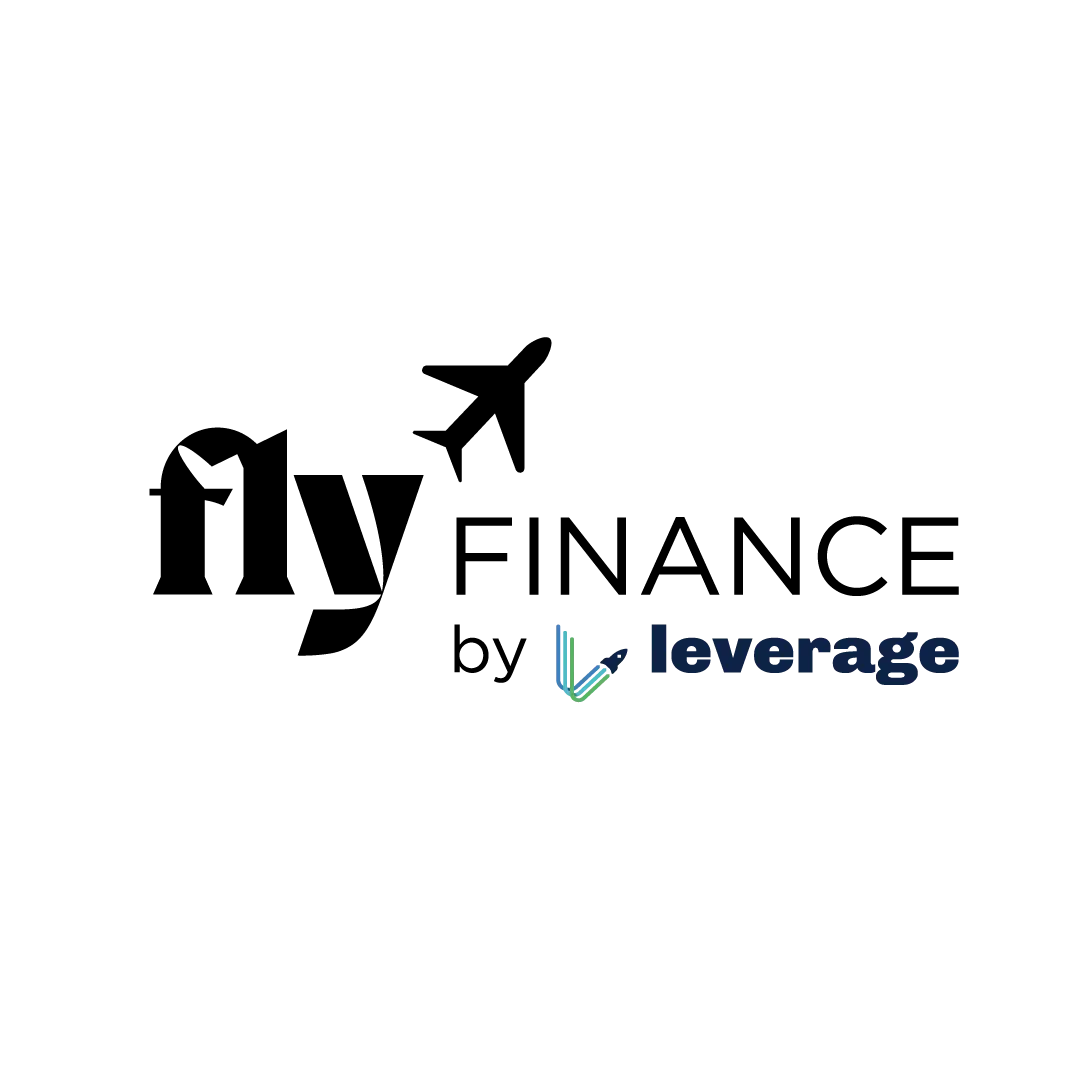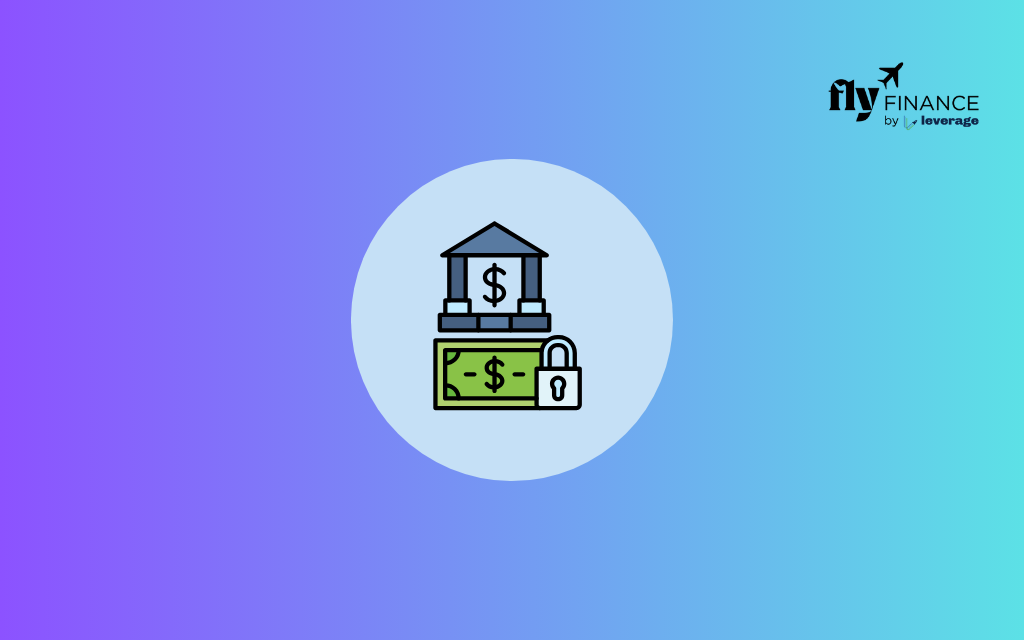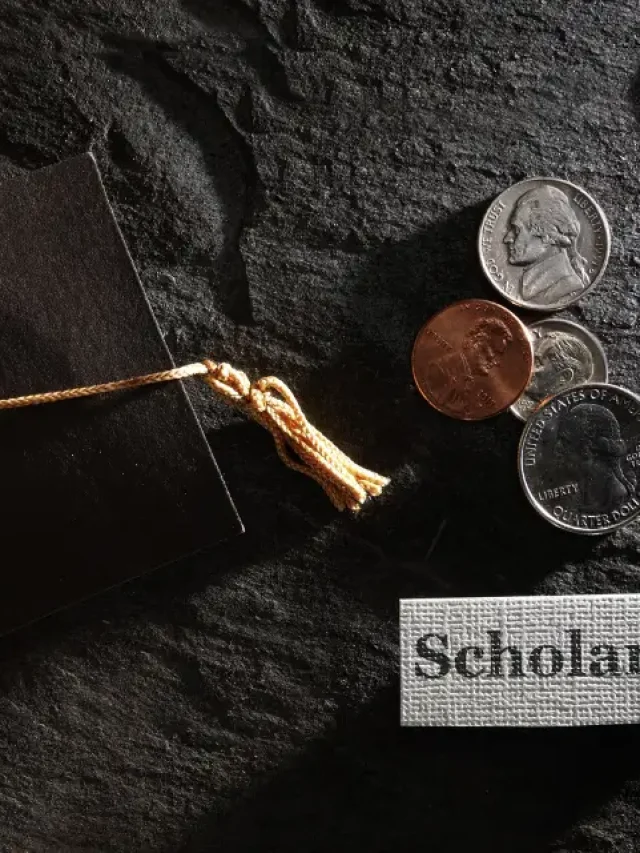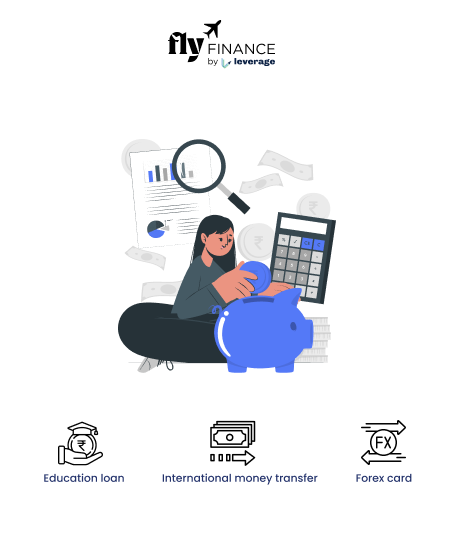Secured vs. Unsecured Education Loan: Secured and unsecured education loans differ in terms of collateral requirements, interest rates, loan limits, and eligibility criteria. Education loans are classified into secured loans and unsecured loans, based on whether collateral is required. A secured education loan mandates collateral, such as property, fixed deposits, or other assets, as security for the loan. Unsecured education loans, on the other hand, do not require collateral and rely on the borrower’s creditworthiness or a co-signer’s profile.
Understanding the difference between secured and unsecured loans helps you determine which loan aligns better with your financial situation and educational goals. Secured loans focus on collateral value, while unsecured loans emphasize creditworthiness and co-signer profiles. Let us know more on the comparison of secured and unsecured loans in detail along with a few features of each.
Table of contents
- Difference Between a Secured and Unsecured Education Loan
- What are Secured Education Loans?
- What are Unsecured Education Loans?
- Features of a Secured Education Loan
- What are the Types of Collateral?
- Why is Collateral Required?
- What Should be the Value of Collateral?
- Features of an Unsecured Education Loan
- Conclusion: Secured Education Loan vs. Unsecured Education Loan, Which is Right For You?
- FAQs
Difference Between a Secured and Unsecured Education Loan
Choosing between secured and unsecured loans depends on the borrower’s financial situation, the required loan amount, and repayment capacity. It is important to understand the difference between both types of loans as this will help you in making an informed decision. Once you know the eligibility criteria and other differences between a secured and unsecured loan, you will also be able to approach the right lender.
Listed below are the major differences between both types of loans:
| Criteria | Secured Education Loan | Unsecured Education Loan |
| Need of collateral | Collateral is required. | Collateral is not required. |
| Interest rate | Interest rates are generally low due to the collateral pledged. | Interest rates are high due to the absence of any collateral. |
| Loan amount or borrowing limits | Depends on the value of collateral but is generally high. | The loan amount is lower due to the lack of any collateral. |
| Eligibility criteria | Lenient as compared to unsecured loans. | Stringent as compared to secured loans due to the absence of any security pledged. |
| Time for processing of the loan | Estimating the value of collateral may take more time. | Less as compared to secured loans. |
| Repayment period | Generally longer repayment periods. | Shorter repayment periods. |
What are Secured Education Loans?
Secured loans are those loans that require a borrower to provide collateral or security against which the loan is provided. A secured loan is often taken when you want to borrow a large sum of money. A lender gives you the loan amount with the assurance that you will pay back the loan on time. A question comes to your mind – what is collateral?
Collateral is something that you pledge as security for repayment of a loan. In case you fail to pay back the loan on time then this security is forfeited by the lender.
What are Unsecured Education Loans?
An unsecured loan is a type of personal loan that students take to cover the cost of studying abroad. As the name suggests, unsecured loans are not backed by any security. They are also known as education loans without collateral. In case the borrower defaults in paying back the loan, the lender has no collateral or security in hand to recover the value of the loan.
Features of a Secured Education Loan
A secured education loan is sometimes also called an ‘education loan with collateral’. Many lenders especially public banks require you to provide collateral when the amount of the loan exceeds INR 7.5 Lakhs. Though providing collateral is the most crucial aspect of getting a secured loan, let’s also look at some other features of a secured education loan for studies abroad.
- Lower interest rates- These loans come with lower interest rates as the bank already has the security provided by you. In case of non-payment of the loan, the bank has the option to forfeit your collateral, and hence secured education loans come with a lower interest rate.
- Type of collateral- The collateral that you provide can either be a tangible or an intangible asset. Below are some examples of tangible assets and intangible assets:
| Examples of Tangible Assets | Examples of Intangible Assets |
| Non-agricultural land House Apartment Shop | Fixed deposits Life insurance policies Stocks Mutual funds Government bonds |
- Time for processing of the loan- As the lender needs time to verify the details related to collateral, the processing time for secured education loans is usually long.
You may also be interested in knowing about the Types of Property Accepted as Collateral Security For Education Loan
What are the Types of Collateral?
Collateral could be a tangible asset such as agricultural or non-agricultural land, a house, an apartment, a bungalow, a shop, or a non-tangible asset such as a term deposit account, life insurance, or stocks. Different financial organisations may use different types of collateral.
Note: The agricultural land can be pledged as collateral subject to state laws.
Why is Collateral Required?
If a borrower fails to pay back the loan, the lender uses the collateral secured against the loan to compensate for the losses. Because the risk involved with an unsecured loan is greater, the interest rate on an unsecured education loan is higher than the interest rate on a secured education loan.
What Should be the Value of Collateral?
Banks may demand the collateral having 125% value of the net loan amount. Some banks may also ask for collateral value that could be less than, equivalent to, or greater than the loan amount. Every applicant has a distinct profile and set of qualifications. Financial institutions evaluate each profile uniquely, therefore the value of your security is determined by a variety of criteria.
These factors include, but are not limited to –
- Student’s academic track record
- The loan amount and tenure
- The creditworthiness of the borrower/co-borrower
- Ranking of the institution the student will be attending
Features of an Unsecured Education Loan
To approve an unsecured loan, lenders often check the creditworthiness of the borrowers. If your credit score is above 650 and you have a stable source of income, there are higher chances of a lender approving your loan. Let’s look at some of the other features of unsecured loans:
- Higher interest rates- Because the lender does not ask for any kind of collateral for unsecured loans, the interest rates charged on these loans tend to be on the higher side.
- Repayment period- Unsecured education loans come with a shorter repayment period due to the lack of any collateral involved. You may even have to make partial payments during your study course.
- Eligibility criteria- To consider you for an unsecured loan, the lender may look at your credit score, previous employment history, etc. These things are checked to make sure whether you will be able to repay the loan or not. Additionally, your lender may also ask you to provide the co-applicants income. The income and CIBIL scores of the co-applicants are also checked to confirm the eligibility for processing the loan.
Conclusion: Secured Education Loan vs. Unsecured Education Loan, Which is Right For You?
Whether you want to choose a secured loan or an unsecured loan for your studies abroad depends a lot on what your preferences are. If higher borrowing limits, lower interest rates, and longer repayment periods are things that you are looking, for then you can go for a secured education loan.
However, if you do not want the loan processing time to be long or if you want to avoid providing any collateral then opting for an unsecured education loan would be the best option. But you must also keep in mind that unsecured loans come with higher interest rates and shorter repayment windows. Also, lenders prefer giving secured loans as they come with collateral.
If you are planning to take an education loan from the SBI Bank without collateral then you must read this blog SBI Education Loan For Studying Abroad Without Collateral
FAQs
The major difference between both loans is the need for collateral. In the case of a secured education loan, the borrower is required to provide collateral or security. However, there is no such requirement in the case of unsecured education loans.
A secured education loan has lower interest rates when compared to unsecured education loans due to the availability of collateral in the case of the former.
Some of the advantages of a secured education loan include:
– Lower interest rates
– Longer repayment periods
– Higher borrowing limits
– Convenient approval process
Some banks demand up to 125% collateral value of the net loan amount. There are other banks as well that accept collateral of 50-100% value of the net loan amount.
Both secured and unsecured loans have advantages and limitations. Secured loans comes with a lower rate of interest whereas unsecured loans may attract higher rate of interest.
This blog was all about the differences between a secured education loan and an unsecured education loan. Whichever one you choose, make sure you discuss it with your family and your lender. In case you opt for a secured loan, discuss it with your family about the collateral that would be most convenient to provide to the lender.
Follow Us on Social Media





























